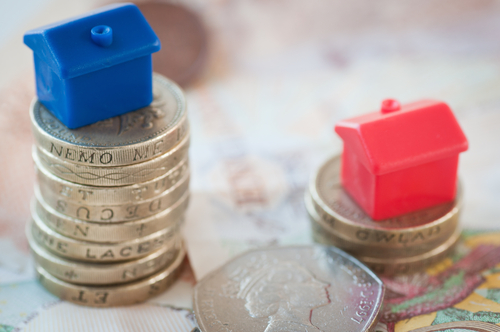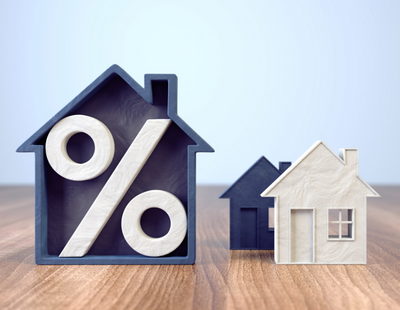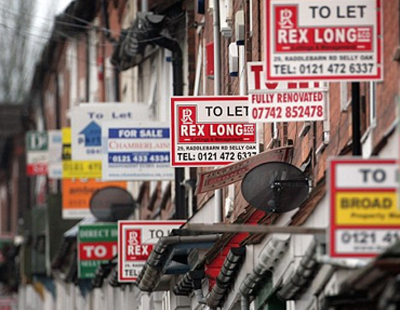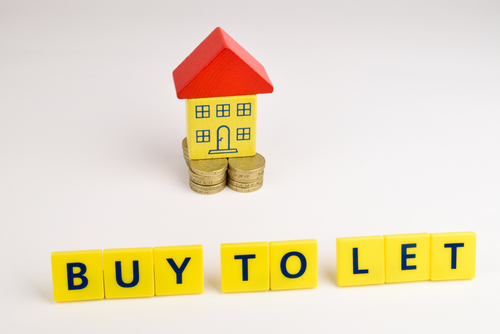A leading analyst is warning that a remortgage nightmare lies await in the second half of 2023.
Sarah Coles of business consultancy Hargreaves Lansdown, warns that so far around two in five people with a mortgage say their payments haven't gone up since interest rates started rising because so many are on fixed rate deals.
However, Coles believes that they have been shielded by fixed rate deals and - when re-mortgaging in the late summer of beyond - they will suddenly face a leap in payments.
“Anyone whose deal comes to an end in the coming year is set to see their monthly payments increase by an average of £192 but almost two thirds of people said this would cause them financial problems. After 12 consecutive Bank of England rate rises, we're sitting on a cumulative increase of 4.4 per cent” she says.
“Anyone on their lender's standard variable rate, or a tracker, will have felt the pain immediately and often. However, the vast majority of people with mortgages have a fixed deal. As a result, around half of them haven't yet borne the brunt of the hikes.”
The Office for National Statistics calculates that 1.3m fixed deals will come to an end in 2023, most of which were under 2.0 per cent.
At the moment, the average two-year fixed mortgage costs around 5.5 per cent, so if rates don't fall back before they have to remortgage, Hargreaves Lansdown fears what it calls “catastrophe” for many.
Coles continues: “Those with large mortgages will see their payments increase the most. This doesn't just include those on higher incomes who bought more expensive properties; it will also bring real pain for younger people, who bought more recently when prices were higher.
“We can see this in the rises that have already hit those aged 18 to 34. One in four say their monthly repayment has gone up more than £200 or the equivalent of 24 per cent. Anyone who bought after the rate hikes of the late 1980s won't have had to deal with rises at this kind of speed before, so there's a risk they won't have factored it into their plans at all.”
But there is a plus side, she believes.
“Affordability calculators have forced banks to assess whether people could afford their mortgages if rates were to rise. If their circumstances haven't become significantly worse in the interim, there's a decent chance they can stretch to bigger payments.
“The trouble is that their circumstances may well have deteriorated, as wages have fallen so far behind inflation. In March, they were a full 2.0 per cent behind. Any spare cash may have been eaten up by energy bills and food shopping, so there's little left for a mortgage shock.”
In March this year the Hargreaves Lansdown Savings & Resilience Barometer - a regular measure of personal finance - dug into just how bad problems could get after a remortgage.
It looked at the critical moment when mortgage costs hit 25 per cent of household income after tax, when people are considered to be at risk of defaulting on mortgage payments. It revealed that by the end of 2023, some 2m households would be at risk.
It also found that 650,000 of these people won't have enough savings to fall back on, and 347,000 of them not only won't have enough savings, but will already be spending more than they have coming in - putting them at critical risk.
Coles concludes: “There is still a chance that the market is overreacting, and rates could fall back again. However, large reductions in mortgage costs may require expectations of a Bank of England cut - and at the moment, that's not on the cards until 2024. Even then, they're expected to come down far more slowly than they increased, so it could take quite some time for mortgage costs to drift significantly lower."






















Join the conversation
Be the first to comment (please use the comment box below)
Please login to comment